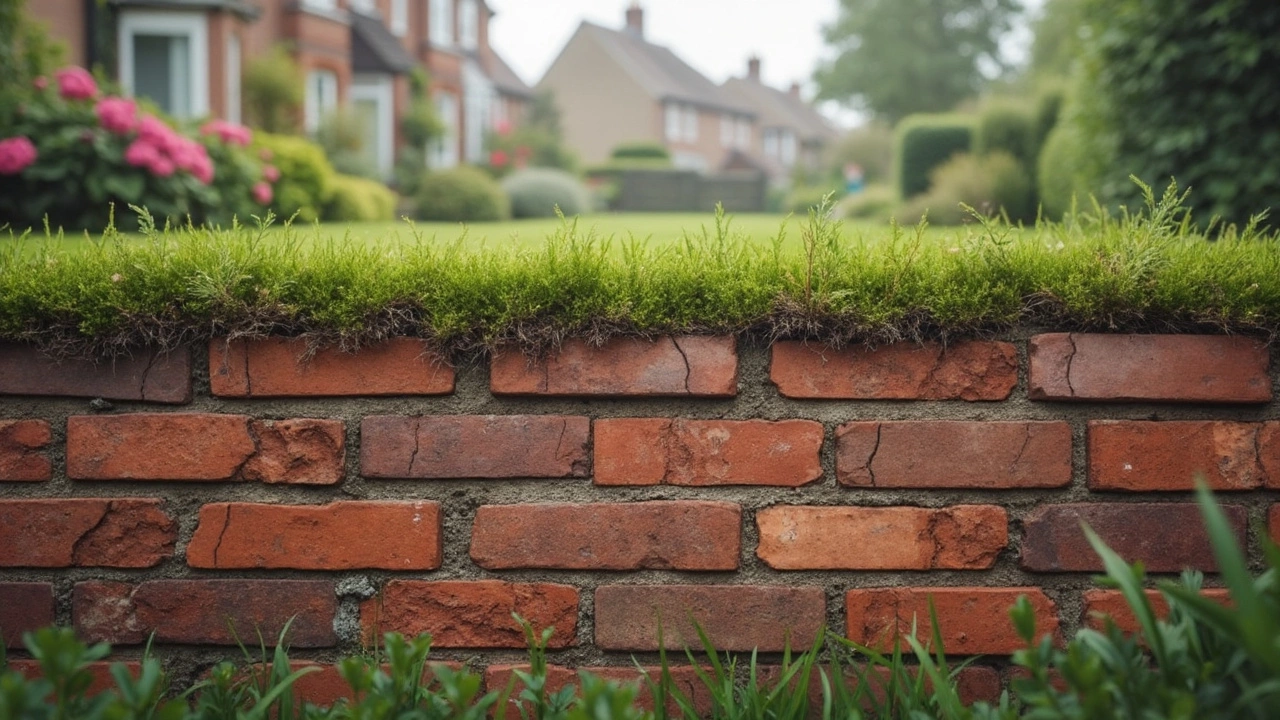Crack Size: How to Spot, Measure & Decide on Repairs
Seeing a line on a wall or floor can be annoying, but not every crack is a disaster. The real question is: how big is the crack and does it need fixing? Knowing the size helps you decide if it’s a quick DIY fix or a job for a pro.
Why crack size matters
Small hairline cracks are usually just normal movement – the building settles, the wood expands, or the floor shrinks a bit. Those usually don’t hurt the structure and can be filled with simple filler. Bigger cracks, especially those wider than a quarter of an inch, can signal moisture problems, foundation shifts, or structural stress. Ignoring a large crack can lead to water leaks, warping floors, or worse.
How to measure crack size correctly
Grab a ruler or a crack width gauge. Place it right across the crack at its widest point. If the crack is less than 2 mm (about the thickness of a credit card), you’re looking at a minor issue. Between 2 mm and 6 mm? That’s a warning sign – you should keep an eye on it and maybe call a surveyor. Anything over 6 mm (roughly a quarter‑inch) usually needs professional assessment.
Make sure you measure when the room is at a normal temperature and humidity. Extreme heat or cold can make cracks look bigger or smaller. Write down the measurement, date, and location so you can track any changes over time.
For floor cracks, use a straight edge to see if the crack runs along the grain or cuts across it. Cracks that follow the grain often come from normal wear, while cross‑grain cracks can mean the sub‑floor is moving.
When it comes to walls, check if the crack is vertical, horizontal, or diagonal. Horizontal cracks in basements can indicate pressure from water, while vertical cracks are often just settling.
If you spot a crack that’s widening over a few weeks, even if it’s still small, call a professional. Early intervention can stop a tiny problem from becoming costly.
DIY repair tip: For hairline cracks, clean the area, apply a flexible filler, and smooth it with a putty knife. Let it dry, then sand lightly before painting. This keeps moisture out and stops the crack from spreading.
For larger cracks, you’ll likely need a specialist to inject epoxy or use a carbon fiber reinforcement. These methods bond the two sides together and restore strength.
Remember, a crack’s size is just one factor. The location, direction, and any associated dampness matter just as much. Combining all these clues gives you a clear picture of what’s happening.
Bottom line: Measure, monitor, and act. Small cracks can be a quick fix, but anything over 6 mm deserves a professional look. Stay on top of it, and your home stays safe and sound.
Foundation Crack Size: When Does It Become a Real Problem?
- Gavin Whitaker
- |
- |
- 0
Worried about cracks in your home's foundation? This article digs into which crack sizes are harmless and which should send you running for repair help. We break down the types of cracks, what causes them, and red flags that shouldn't be ignored. With clear examples and no-nonsense advice, you'll know exactly when you need to call in the pros. Get practical tips to spot the difference between normal settling and real trouble.
View more